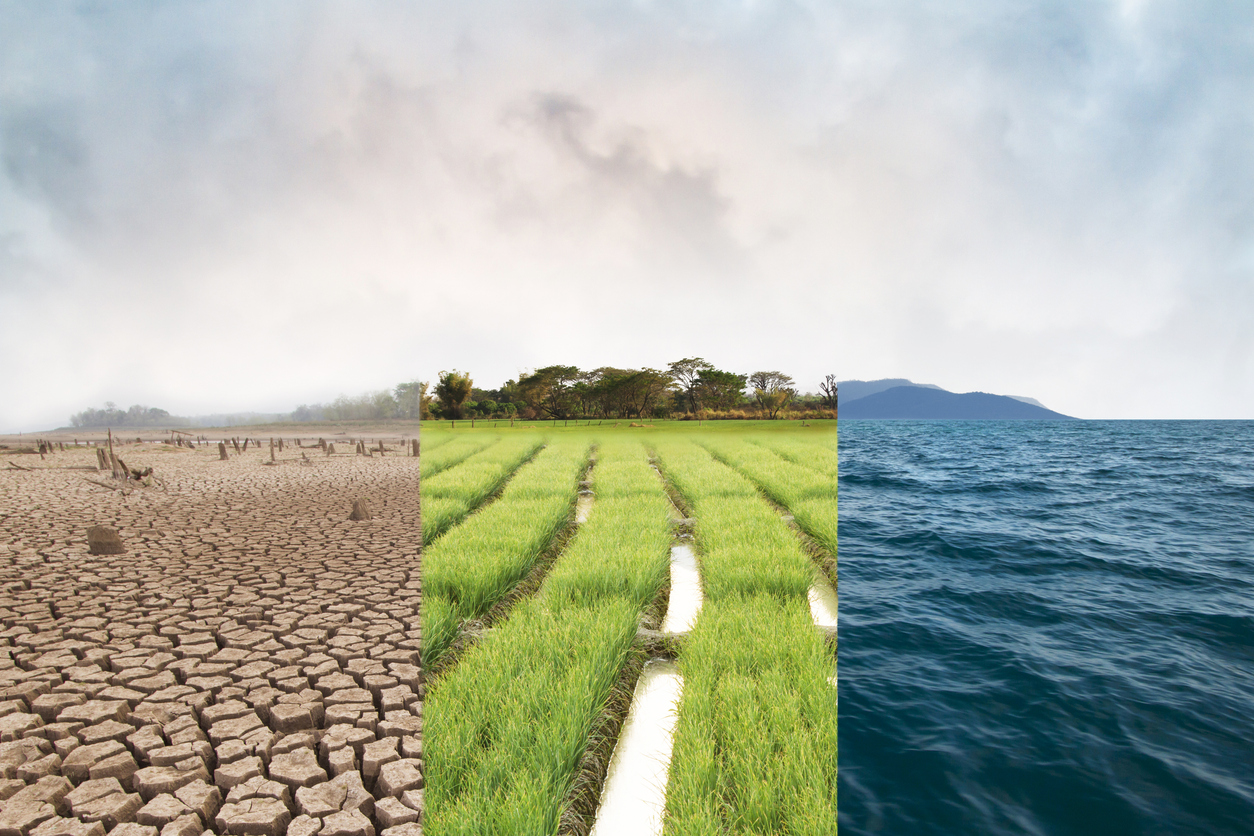Lloyd’s, the world’s leading marketplace for insurance and reinsurance, today launched a systemic risk scenario that models the global economic impact of extreme weather events leading to food and water shocks, estimating the loss to be $5 trillion over a five year period.
The scenario explores how a hypothetical but plausible increase in extreme weather events, linked to climate change, could lead to breadbasket crop* failures and significant global food and water shortages. As the event plays out, societies around the world could see widespread disruption, damage and economic loss, promoting major shifts in geopolitical alignments and consumer behaviors.
The first in a series of nine systemic risk scenarios, this research has been produced by Lloyd’s Futureset and in partnership with the Cambridge Centre for Risk Studies, to help risk owners better understand their exposure to critical threats such as extreme weather, and role of risk mitigation and insurance protection to build their resilience.
It is supported by a cutting-edge data tool that provides businesses, governments, and insurers with a data-driven, financial impact assessment of the most significant global threats facing society today consider the Gross Domestic Product (GDP) impact of extreme events across 107 countries and at three levels of severity (major, severe, and extreme).
In addition to the global scenario, the data tool includes regional analysis which illustrates the potential economic losses should events be focused on a particular region. The recovery time for individual countries or regions depends on the structure of their economy, exposure levels and resilience.
As an example, if an extreme event such as this was centered on Greater China, the area which would feel the largest financial impact, it could lead to economic losses of $4.6 trillion over five years. This is followed closely by Asia Pacific at $4.5 trillion. As a percentage share of GDP, the Caribbean would be impacted the most by an event focused on its shores, losing 19% of GDP across the five-year period.
The research highlights that there is a significant climate risk protection gap, with estimates suggesting that only a third of the global economic losses caused by extreme weather and climate-related risks are currently insured.













